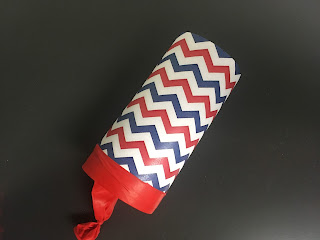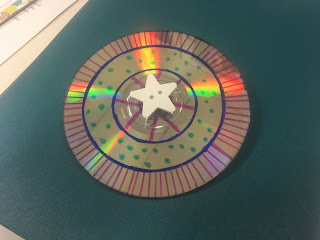Coronado STEAMS into Reading Activity Challenge When you stretch a balloon it stores elastic potential energy—the energy stored inside a material when it is stretched, squished, bent or twisted. This is different from gravitational potential energy, which is stored in an object that is lifted off the ground. Both types of potential energy can be converted to kinetic—the energy of motion. All moving objects have kinetic energy, but motionless ones have none. When energy is converted between forms the total amount of energy remains the same. In other words, it is conserved. (Some energy, however, may also be converted to heat due to friction—but that is still a form of energy. In this activity you’ll explore conservation of potential and kinetic energy by measuring the distances you can launch a cotton ball using your own homemade launcher! *Source: Scientific American Using the below instructions, create your own launcher and see how far things can fly! TP Poppers ...

